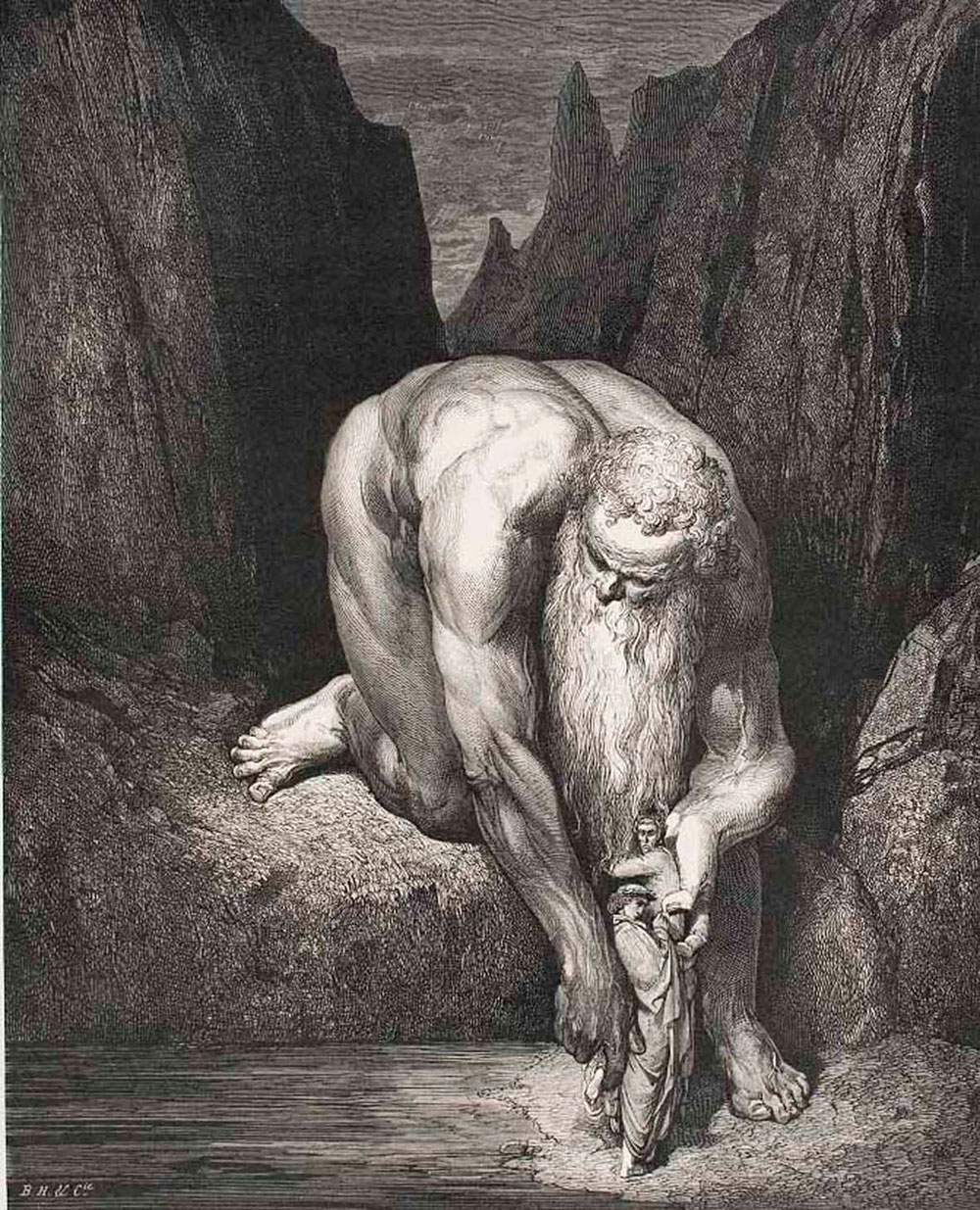Dante's Inferno by Doré, Rauschenberg and Brand, from the 19th century to the present. On display in Rovigo
Palazzo Roncale in Rovigo is hosting from February 28 to June 28, 2020 the exhibition Dante’s Oak. Visions of Hell, curated by Alessia Vedova, Mauro Carrera, Barbara Codogno, and Virginia Baradel.
The aim of the exhibition is to evoke Dante’s Inferno through the works of three international artists: the French Gustave Doré, the American Robert Rauschenberg and the German Brigitte Brand, each representing the last three centuries.
The Inferno in the 19th-century version will be Doré’s, on display with the entire corpus of 75 plates. The twentieth-century version has been entrusted to Rauschenberg’s images of Dante’s Inferno (1958-60), while the Inferno represented in the present is by Brand. The latter will also propose a Tribute to the Great Oak, the tree to which Dante would have been tributed for his own salvation. A ’large documentary section is also dedicated to Dante’s Great Oak at the same exhibition venue.
Gustave Dorè was able to represent Dante’s verses in graphic signs and forms. “And it is precisely the illustrations created for Inferno that are his true masterpiece so much so that they have become part of the collective imagination,” commented Alessia Vedova.
To represent his Inferno, Rauschenberg chose instead the technique of carryover drawing ( transfer drawing), combining his drawings and watercolors with images transferred from the pages of glossy magazines. Barbara Codogno writes, “He brings back the Inferno, contextualizing it in a contemporary dimension. Indeed, the ’source’ images used by Rauschenberg relate postwar American political life and social soul to Dante’s epic narrative, both united by an inescapable descent into hell.”
The plates of Dante’s Inferno on display are part of the print run that Rauschenberg authorized to gallery owner Lucio Amelio. It is the famous gallerist’s personal portfolio.
Alongside two celebrated cycles, the exhibition features a world premiere.
The Inferno read with the sensibility of our times by Brigitte Brand led the artist herself to choose the Park of another river, the Sile, as a buen retiro to create her monumental work. “The powerful fascination of Dante’s Inferno led her to rework the baggage of her visual notes on the human Comedy, observed at different latitudes of the planet, with the places and figures of the first Canto of the poem. In transfiguration, small wandering signs in sulfurous and swirling spaces seem to narrate the events and protagonists of the cantos, now lifted by waves of color, now flanked by iconic quotations related to everyday life,” Verginia Baradel added.
The exhibition will also feature some valuable ancient editions of the Comedy, on loan from the Accademia dei Concordi and the Biblioteva of the Bishop’s Seminary of Rovigo.
A special section will also be devoted to the 1949Mickey Mouse Inferno, drawn by Angelo Bioletto and scripted by Guido Martina in Dante’s tercets.
Dante’s Oak is a project of Fondazione Cassa di Risparmio di Padova e Rovigo, Rovigo City Council, Accademia dei Concordi, Veneto Po Delta Regional Park (Unesco MAB Biosphere Reserve), City of Ariano nel Polesine, together with other territorial and national institutions.
Image: Gustave Doré, Divine Comedy, Inferno Canto XXXI, The giant Antaeus lays Virgil and Dante at the bottom of the well of Cocito.
 |
| Dante's Inferno by Doré, Rauschenberg and Brand, from the 19th century to the present. On display in Rovigo |
Warning: the translation into English of the original Italian article was created using automatic tools. We undertake to review all articles, but we do not guarantee the total absence of inaccuracies in the translation due to the program. You can find the original by clicking on the ITA button. If you find any mistake,please contact us.




























